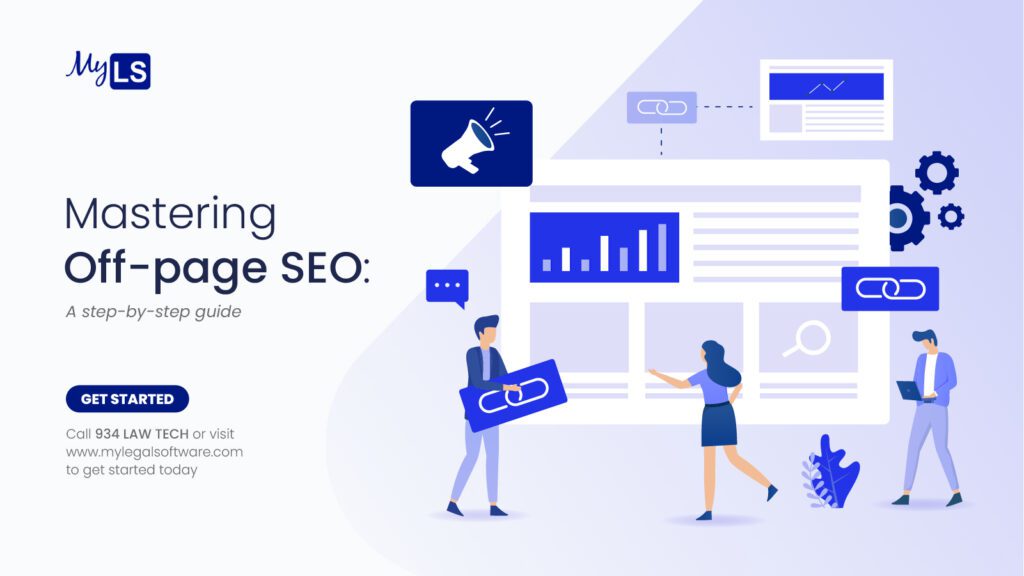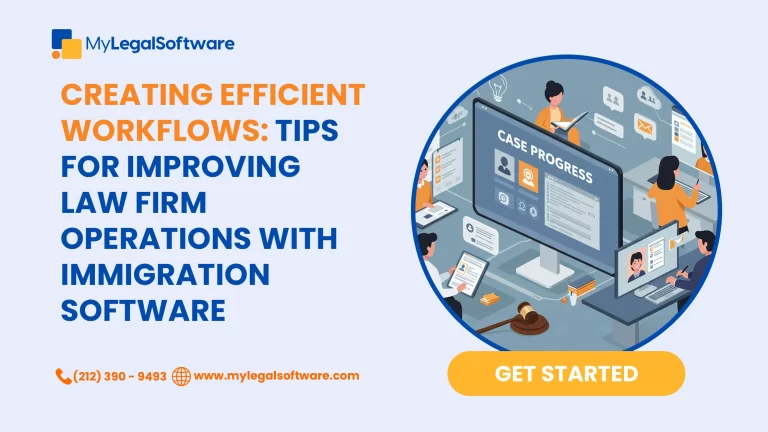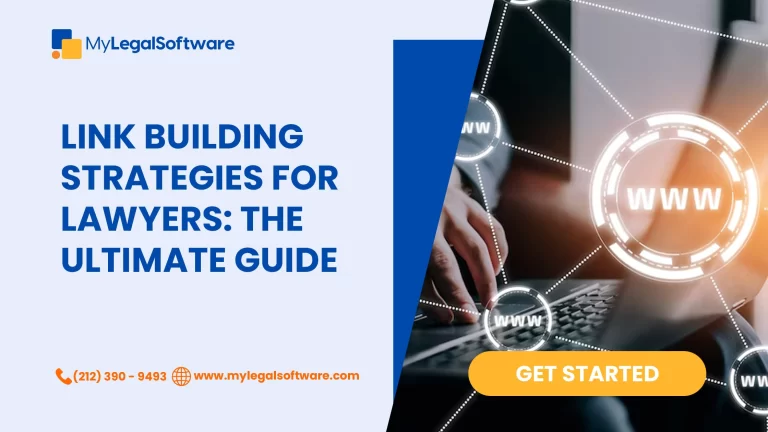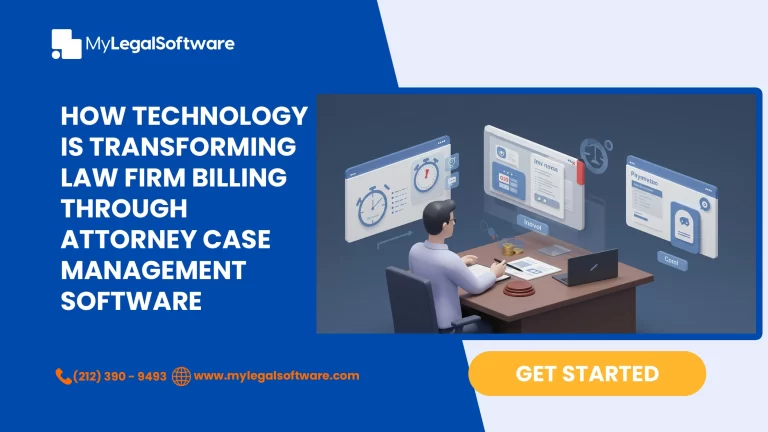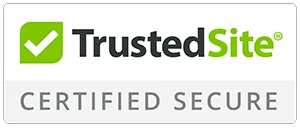For a website to rank well on search engines, especially Google, delivering high value information to users on the internet is very crucial.
However, there are more important off-site SEO practices that ultimately affect how websites can rank on search engines.
Having established that SEO practices are grouped into three main categories On-page SEO, Off-page SEO and technical SEO , We will discuss the importance of effective Off-page SEO, how it uniquely differs from On-page and technical SEO and How it can be mastered for effective website ranking.
Off-page SEO vs On-page SEO vs Technical SEO
All the three components of SEO (Search engine optimization) are pivotal to achieving SEO success, yet they exhibit distinct characteristics.
On-page SEO encompasses strategies within your control on your website, aimed at enhancing search engine rankings and improving content comprehension.
This includes optimizing site content, title tags, keyword usage, URLs, and implementing effective internal linking, among others.
Off-page SEO, on the other hand, pertains to actions conducted externally to your website, such as acquiring backlinks and earning mentions on other websites.
Technical SEO revolves around activities that directly influence how search engines index and crawl your website.
Examples include optimizing site speed, implementing structured data, and various other technical enhancements.
How important is Off-page SEO?
Some might wonder, “Why should we invest in off-page SEO when we can concentrate on optimizing our website?”
Well, here are the compelling reasons:
1. Improved Search Engine Rankings:
Off-page SEO signals, especially backlinks from authoritative and relevant websites, serve as endorsements for your website’s quality.
Search engines like Google consider these endorsements as a ranking factor. In fact, a study by Backlinko revealed that websites with a substantial number of backlinks tend to achieve higher rankings in search results.
The more high-quality backlinks you accumulate, the more likely your website is to rank higher in search engine results.
2. Increased Website Visibility:
Off-page SEO techniques, including social media marketing and influencer outreach, have the power to significantly expand your website’s reach and visibility. Imagine your website as a small shop tucked away on a quiet street.
Without proper promotion, how will people discover it? By promoting your content and brand on external platforms, you can attract a larger audience, generate more organic traffic, and enhance your online presence.
3. Building Online Reputation:
Off-page SEO involves managing your online reputation by monitoring and responding to customer reviews, feedback, and mentions.
Google’s Quality Rater Guidelines heavily consider a website’s reputation beyond its own pages when assessing trustworthiness.
Actively addressing customer concerns and maintaining a positive reputation can establish trust and credibility with search engines and users, resulting in higher search page rankings and increased brand recognition.
4. Enhanced User Engagement:
Off-page SEO activities, such as social media marketing, encourage user engagement and interaction with your brand. This engagement can lead to increased website visits, longer user sessions, and higher conversion rates. When users actively interact with your content and share it with others, it amplifies your online visibility and bolsters your website’s authority.
In a nutshell, the connection between Off-Page SEO and a website’s credibility is substantial. When a website accrues high-value backlinks, gains traction on social media, and garners other external factors, it often translates to improved search rankings and heightened organic traffic.
Off-page SEO key Components with Practical steps
The key components for effective On-page SEO include:
- Link building
- Content Marketing
- Google My Business Profile
- Customer Reviews
- Social media and,
- Influencer marketing
Furthermore, below are 7 Practical steps for engaging them:
1. Acquiring Quality Backlinks from High-Authority Sites:
Acquiring backlinks can be also known as “Link building” and it is widely referred to as the most important factor in Off-page SEO. Backlinks, also recognized as inbound links, constitute an essential component of Off-Page SEO strategies. They represent hyperlinks originating from one website and directing users to specific pages on another website.
These digital connections serve as a crucial signal for search engines to assess the quality, authority, and relevance of the linked-to content. To better comprehend their importance, let’s discuss the following factors:
1. Authority and Credibility:
When reputable websites link to content, it’s akin to receiving a vote of confidence from the online community. For instance, imagine a health and wellness blog that receives a reference from a well-known medical journal regarding an article on the benefits of a balanced diet. This backlink not only drives traffic to the page but also establishes the website as a trustworthy source of health information.
2. Improved Search Engine Ranking:
Search engines like Google employ backlinks to determine the relevance and authority of webpages. If multiple high-quality websites link to content, it can boost the website’s ranking in search engine results. For example, suppose an online store specializing in vintage watches gains references from influential watch enthusiasts’ blogs. In this case, the site is more likely to appear higher in search results when someone searches for “vintage watches.”
3. Enhanced Discoverability:
Backlinks can help new and niche websites gain recognition in their respective industries. Let’s say a startup specializing in eco-friendly home products has recently launched. If environmental advocacy organizations and eco-conscious influencers link to the website, it not only drives traffic but also introduces the brand to a wider audience.
4. Content Validation:
Backlinks serve as validation for the content’s quality and expertise.
For instance, if there’s a software development website, and leading tech blogs reference coding tutorials, it implies that the content is credible and valuable to the developer community. This validation can lead to increased trust among the audience.
5. Relationship Building:
Backlinks can also result from healthy online relationships. Collaborations with other websites can lead to reciprocal backlinks. Imagine a travel blog collaborates with a fellow travel blogger on a joint article, with both including links to each other’s blogs in the spirit of cooperation. This can enhance the websites’ authority and reach.
6. Local SEO:
For businesses with physical locations, backlinks from local directories, review websites, and community organizations can significantly impact local search engine rankings. When local businesses, such as restaurants, dentists, or boutiques, receive backlinks from local newspapers, chambers of commerce, or event listings, it boosts their visibility in local search results.
7. Guest Blogging:
A common strategy for acquiring backlinks is through guest blogging. When informative and engaging articles are written for other websites within the niche, there is often the opportunity to include a backlink to the author’s own site. This not only drives traffic but also establishes the author as an industry expert.
In summary, backlinks are more than just digital connections; they’re the backbone of Off-Page SEO.
2. Creating and Sharing Unique, Engaging Content
One of the fundamental and highly effective Off-Page SEO strategies involves the creation and sharing of unique, engaging content.
This approach entails developing valuable content and distributing it across various online platforms to enhance a website’s visibility and authority.
Let’s explore this step in more depth, backed by practical instances and examples.
Case Studies and Whitepapers:
In some industries, in-depth case studies or whitepapers can demonstrate expertise and authority.
For example, a cybersecurity company could publish a comprehensive whitepaper on the latest cyber threats and mitigation strategies.
When these documents are shared and referenced by others in the field, it strengthens the website’s reputation and generates valuable backlinks.
Social Media Content:
Sharing unique content on social media platforms is a must. Regularly posting engaging content, such as thought-provoking questions, polls, and updates about the industry, can encourage shares, likes, and comments.
When content goes viral or gains significant engagement, it can indirectly boost the website’s SEO by driving traffic and increasing brand visibility.
User-Generated Content:
Encouraging the audience to create content related to products or services is a valuable strategy.
For instance, a fashion brand could run a contest where customers submit photos of themselves wearing the products.
Sharing these user-generated content pieces on the website and social media not only fosters community engagement but also provides fresh, authentic content that can attract backlinks and improve SEO.
Content Promotion:
Don’t just create content and wait for it to be discovered. Actively promote it through email marketing, influencer collaborations, and partnerships with relevant websites.
For example, if a comprehensive guide to sustainable living has been published, collaborating with eco-conscious influencers to promote it can reach a wider audience and potentially earn backlinks from their blogs or websites.
In summary, the creation and sharing of unique, engaging content are practical Off-Page SEO steps that can significantly impact a website’s visibility and authority. driving organic traffic and engagement.
3. Optimizing Google My Business Account
Optimizing a Google My Business (GMB) account stands as a crucial procedure within the framework of an effective Off-Page SEO strategy.
This process can substantially elevate online visibility and appeal to a broader customer base. The ensuing discussion will delve into the comprehensive nature of this particular Off-Page SEO endeavor, supported by practical illustrations and instances.
1. Completing the GMB Profile:
Commence the optimization process by ensuring that all elements of the GMB profile are accurate and current.
These include the business name, physical address, contact number (NAP), website URL, business category, and operational hours.
As an example, a local bakery named “Sweet Delights” should present an entirely precise location, contact information, and operational schedule, facilitating streamlined accessibility when potential clients search for “Sweet Delights bakery near me.”
2. Visual Content of High Quality:
Incorporate high-resolution images and videos into the GMB profile. These visual components not only heighten profile engagement but also furnish potential customers with an enhanced understanding of your establishment.
For instance, if the business pertains to the restaurant sector, showcasing delectable images of culinary offerings is essential.
In the case of a boutique, presenting images of the latest fashion collections serves to establish a favorable impression and stimulate visits.
3. Customer Reviews and Ratings:
Actively encourage contented clients to contribute reviews to your GMB profile. Favorable reviews and elevated ratings serve as primary catalysts for building trust and fostering credibility.
Conversely, when confronted with adverse feedback, employ a professional approach in addressing these concerns. This gesture underscores a steadfast commitment to client satisfaction.
In the context of, for instance, an automotive repair shop, positive reviews endorsing expertise and timeliness can sway potential clients in favor of the establishment.
4. Consistent Posting:
Posting on Google My Business page helps to communicate updates, promotions, events, and noteworthy developments regarding your business. Consistent posting maintains profile activity and disseminates vital information about the latest offerings.
For instance, a fitness center should routinely post about forthcoming fitness classes, special discounts, or success stories recounting members who have attained their fitness goals.
5. Integration of Local SEO Keywords:
Strategically infuse pertinent local keywords into the GMB profile description. This facilitates visibility within local search results.
For example, if the enterprise manages a pet grooming salon in Los Angeles, the profile description should prominently feature keywords such as “Los Angeles pet grooming,” “professional dog grooming,” and “cat spa services.”
This augments the probability of the business featuring in local search outcomes when individuals search for these services.
6. Construction of GMB Q&A:
Effectively utilize the GMB Q&A feature to proactively address common inquiries potential customers might have concerning your business.
This serves to provide prompt information and amplifies the relevance of the profile. As an illustrative instance, a hotel can employ this feature to answer queries related to room rates, available amenities, and nearby points of interest.
7. Monitoring of Insights:
Conduct periodic reviews of the analytics furnished by GMB. These insights supply invaluable data regarding how clients discover the business, their geographic origins, and the actions they undertake. Leverage this data to refine the Off-Page SEO strategy.
For instance, if it is observed that a substantial portion of website visits emanates from GMB, strategic allocation of resources toward profile optimization becomes a prudent choice.
8. Activation of GMB Messaging:
Enable the messaging function on the GMB profile, allowing potential clients to submit inquiries or request information directly.
Responsiveness in this regard can yield more productive customer interactions.
An instance worth considering is that of a spa, which can use this feature to respond promptly to queries concerning available services and appointment availability, potentially converting inquiries into bookings.
In summation, the optimization of a Google My Business account assumes a paramount role within Off-Page SEO.
4. More Customer Reviews
Increasing the number of customer reviews is a vital step in Off-Page SEO, as it can significantly impact a website’s visibility and reputation in search engine results.
Let’s explore this practical SEO strategy further with real-world instances and examples.
1. Encourage User-Generated Content:
Practical Step: Actively encourage customers to leave reviews on the website or on popular review platforms like Google My Business, Yelp, or TripAdvisor.
Example:
For a local restaurant, providing incentives for customers to leave reviews on Google Maps or Yelp can generate more reviews and enhance the restaurant’s online presence.
2. Leverage Social Proof:
Practical Step: Showcase positive customer reviews and testimonials prominently on the website, especially on high-traffic pages.
Example: An e-commerce website can prominently display product reviews and ratings on product pages. When potential customers see positive feedback from others, they are more likely to make a purchase.
3. Respond to Reviews:
Practical Step: Respond to both positive and negative reviews promptly and professionally.
Example:
If an online clothing store receives a positive review about the quality and fit of a dress, a thank-you message can be posted in response.
Similarly, if there’s a negative review about a late delivery, addressing the issue, apologizing, and offering a solution demonstrates responsiveness and commitment to customer satisfaction.
4. Local SEO Benefits:
Practical Step: Encourage local customers to leave reviews, as they can significantly impact local SEO.
Example:
A local handyman can ask clients to leave reviews on Google My Business. Positive reviews mentioning “handyman in [City Name]” can boost visibility when people search for local services.
5. Engage on Review Platforms:
Practical Step: Participate actively on review platforms, interact with reviewers, and provide additional information or assistance when needed.
Example:
If a hotel receives a positive review, thanking guests and addressing any concerns from negative reviews can improve the online reputation and encourage more reviews.
6. Implement Structured Data Markup:
Practical Step:
Use structured data markup (such as Schema.org) to mark up reviews on the website.
This can result in rich snippets in search results, making listings more attractive.
Example:
An e-commerce site can mark up product reviews with structured data, leading to star ratings appearing in search results and increasing click-through rates and traffic.
7. Monitor and Analyze:
Practical Step: Regularly monitor the impact of reviews on the website’s SEO. Analyze which products or services receive the most reviews and adjust the strategy accordingly.
Example:
A software company can use analytics tools to track which products have the most reviews and which ones need more attention.
This data can guide marketing efforts and product development.
5. A Strong Social Media Presence:
Practical Step:
Cultivate a robust presence on social media platforms relevant to your target audience. Consistently share engaging content, interact with followers, and leverage social media advertising.
Example:
For a fashion brand, maintaining an active presence on Instagram, Facebook, and Pinterest can involve posting daily outfit inspirations, responding to comments and messages promptly, and running targeted ads showcasing new collections. This not only keeps the brand top-of-mind but also attracts potential customers.
6. Influencer Marketing:
Practical Step:
Collaborate with influencers in your niche to promote your products or services. Select influencers whose followers align with your target audience.
Example:
A fitness equipment company can partner with fitness influencers to create workout tutorials featuring their products. These influencers, with their dedicated fitness-focused followers, can effectively showcase the equipment’s benefits and drive sales.
7. Monitor Your Brand Signals and Mentions:
Practical Step:
Implement brand monitoring tools and regularly track mentions of your brand or products across the internet, including social media, blogs, and news sites. Respond to both positive and negative mentions.
Example:
An airline company can use monitoring tools to track social media conversations about flight experiences.
If a customer tweets about a delayed flight, the company can respond promptly, addressing the issue and offering assistance. Similarly, if a customer posts a positive review on a travel blog, acknowledging it and expressing gratitude can strengthen the brand’s reputation.
Conclusion
In conclusion, Off-Page SEO stands as a pivotal element within your comprehensive SEO strategy. Its role in enhancing your website’s visibility and authority directly contributes to elevated search rankings and increased organic traffic. The guide provided equips you with a robust foundation to evaluate and enhance your Off-Page SEO approach.

